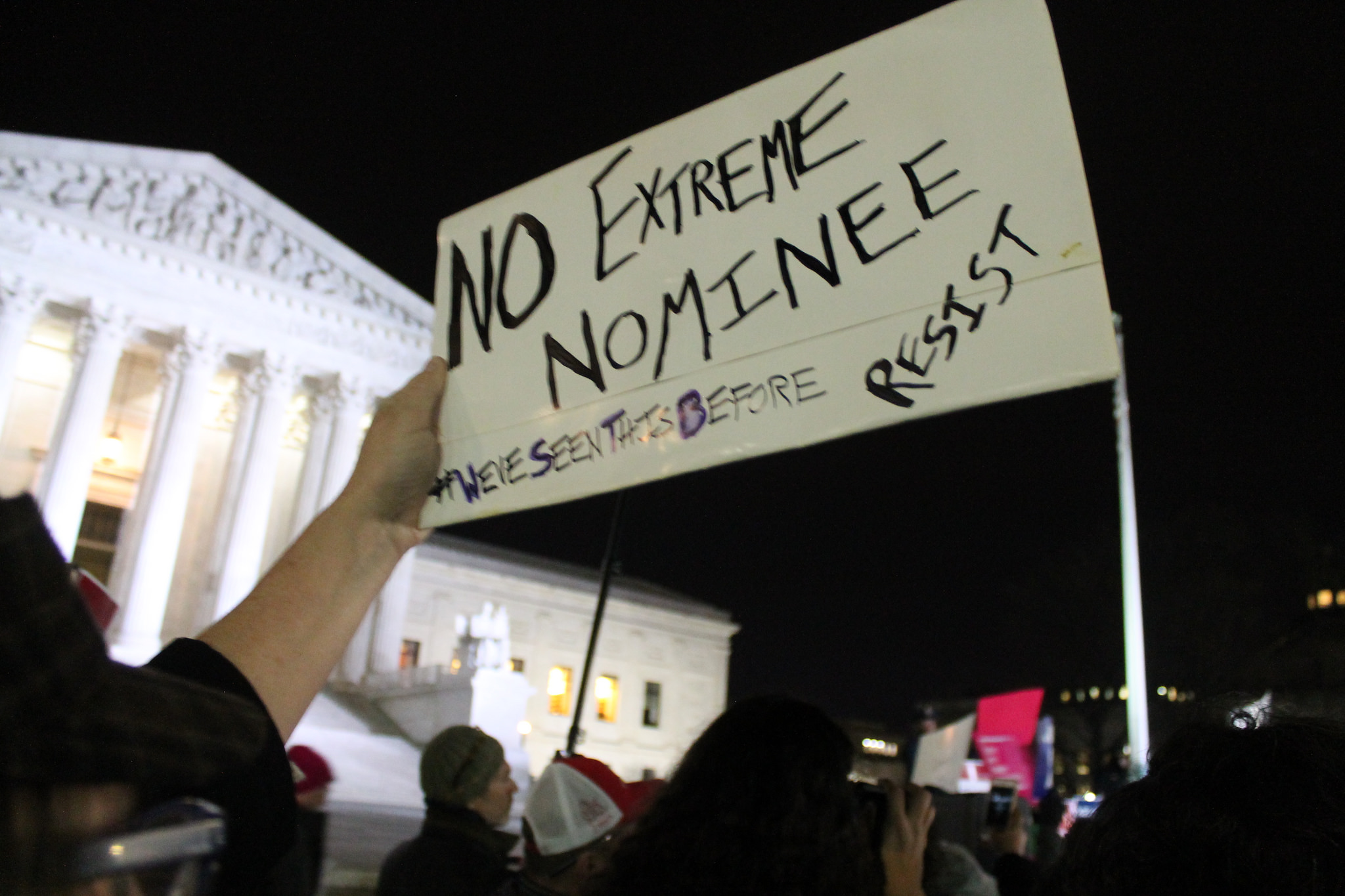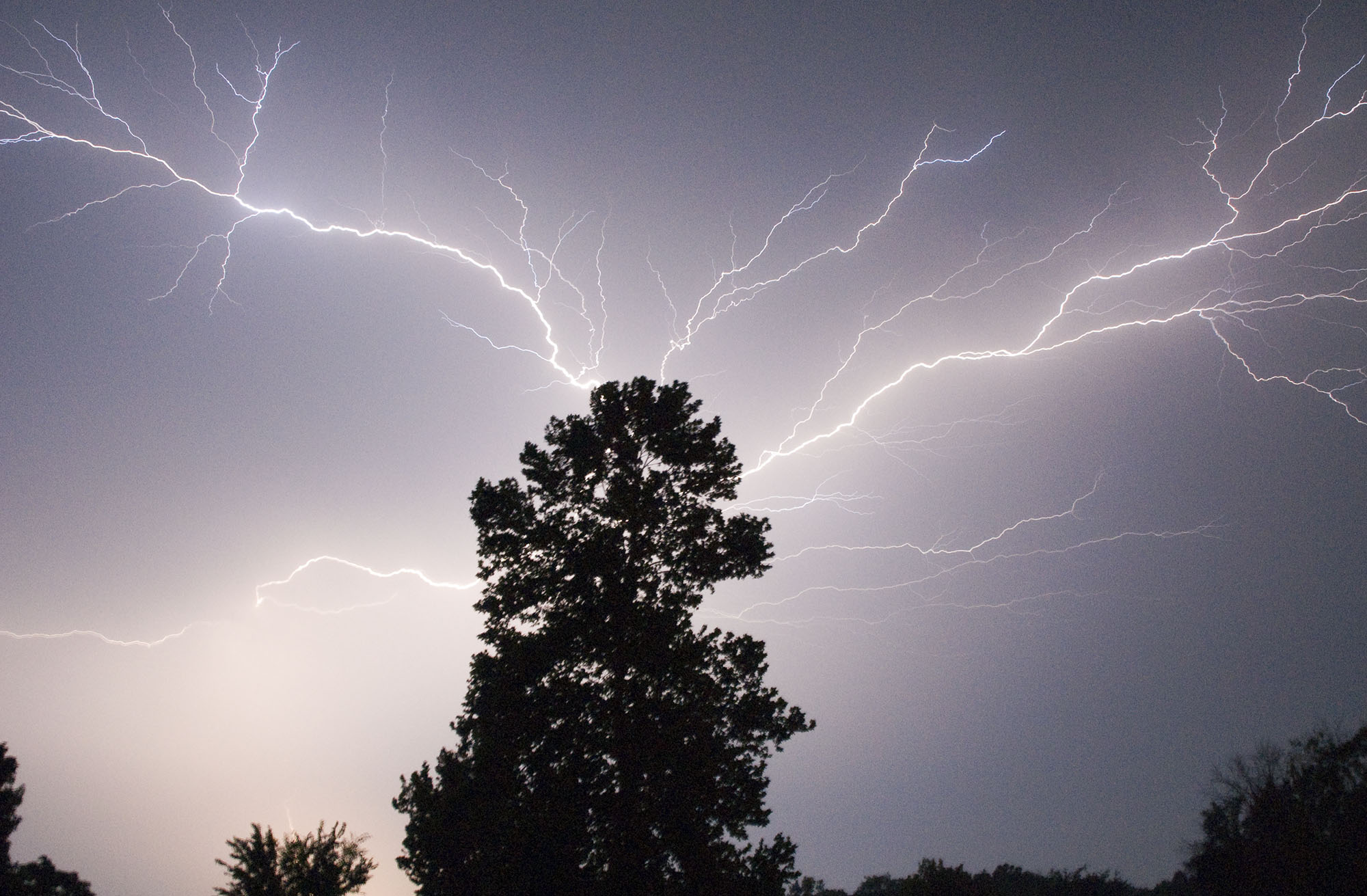I normally agree with much of what Think Progress writes, but not in one of its latest pieces on how Senate Democrats stand on Gorsuch appointment. It’s interpretation of their stand is obvious from subheadings of “Team Spine”, “Team ¯\_(ツ)_/¯”, and “Team Trump”. I am not happy with a Gorsuch appointment because of his strong beliefs […]



